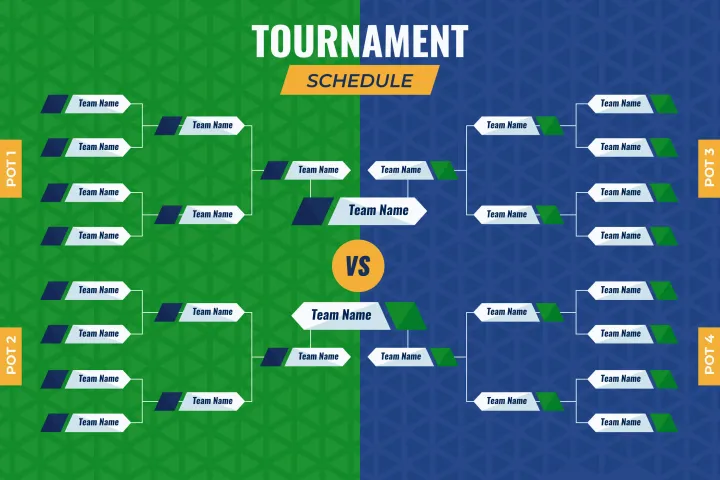Insights from Aspen Institute's 2021 State of Play Report
Delve into transformative shifts in youth sports with Aspen Institute's 2021 State of Play Report. Gain valuable insights shaping the future of young athletes and the evolving landscape.

Youth sports are constantly evolving, but the Aspen Institute's 2021 State of Play report highlights some notable shifts. With the COVID-19 pandemic drastically reducing organized competition, many young athletes invested more time in alternative sports. Additionally, rising costs and other barriers continue making access to youth sports extremely uneven.
Many youth have pivoted to sports like hiking, biking, skateboarding, and surfing over the past couple years. With practices, games, and tournaments cancelled, outdoors sports that can be done individually or with a small group provided more opportunities. This aligns with Aspen's research showing only 38% of children played team sports in 2020, down from 45% in 2019.
However, organized sports still play a major role, as Aspen estimates nearly 40 million kids ages 6-18 competing every year. The problem is access and costs creating a divide. Wealthier families spend over 3 times more on sports per child than lower-income families. Travel teams cost thousands per year and can exclude many. The report stresses sports' benefits and keeping fees realistic.

Trends point toward more hybrid models balancing informal play and structured leagues. Aspen prioritizes sports that spark joy and strengthen communities. With conscious effort, the vast youth sports ecosystem can shift toward better alignment, both widening access and deepening quality.
Overall, 2021 State of Play's analysis highlights both concerning trends and encouraging adaptations. Ensuring all youth can build lifelong skills through great sports experiences remains imperative. But programs and public policy must target accessibility, inclusion and development rather than prestige and profit-seeking.

Suggested Read



